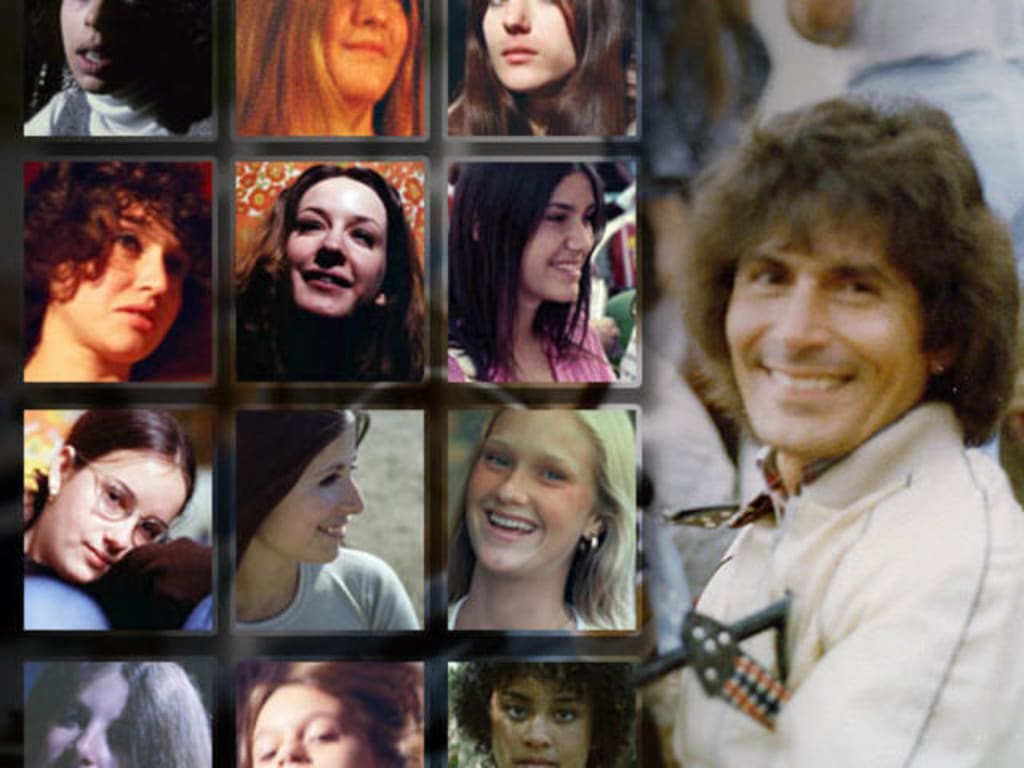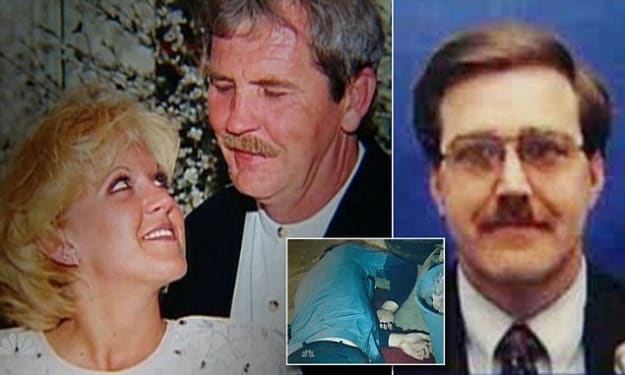The Killing Game: The Crimes and Investigation of Rodney Alcala
The Twisted Path of the Photographer Killer

Rodney Alcala, infamously known as the Dating Game Killer, has a history that is as chilling as it is extensive. His heinous crimes and the subsequent investigation reveal a deeply disturbing portrait of a man who masked his sinister intentions behind a charming facade. In this detailed account, we delve into the life, crimes, and eventual capture of one of America's most notorious serial killers.
Early Life and Background
Rodney Alcala, born Rodrigo Jacques Alcala Buquor, came into the world on August 23, 1943, in San Antonio, Texas. His family moved to Mexico when he was young, but his father abandoned them, prompting his mother to relocate the family to Los Angeles, California. This significant move would set the stage for much of Alcala's later criminal activities.
Alcala was a charismatic and intelligent individual, often described as handsome and likable. He attended public schools and impressed those around him with his intellect and charm. However, despite his outward appearance of normalcy, there were early signs that something was amiss.
Military Service and First Arrest
In 1960, at the age of 17, Alcala joined the U.S. Army and was stationed at Fort Campbell, located on the border between Kentucky and Tennessee. However, in June 1963, he went AWOL, absconding with a stolen car and a credit card, and drove to New York City.
In New York, Alcala's violent tendencies began to surface. One night, he followed a woman and attacked her with a glass Coke bottle. Fortunately, she managed to escape and reported the incident to the police, leading to Alcala's arrest. The U.S. Army, which had been searching for him, took him back into custody. Despite his violent behavior and a psychiatric evaluation that deemed him unsuitable for military duty, he was honorably discharged—a decision that remains baffling to this day.
Education and Early Criminal Activities
Following his discharge, Alcala enrolled at UCLA, majoring in photography. His charm and good looks helped him make friends easily, and he was frequently seen with a camera in hand, taking pictures of everything and everyone.
In September 1969, Alcala's criminal behavior escalated. He kidnapped and assaulted 8-year-old Tali Shapiro, a crime that nearly ended in her death. Fortunately, a good Samaritan witnessed the abduction and alerted the police. Officer Chris Camacho responded quickly, finding Shapiro barely alive in Alcala's apartment. Alcala managed to escape out the back door, evading capture.
The Photographer Killer
Following his escape, Alcala fled to New York City and adopted the alias John Berger. He enrolled at the New York University's School of Arts, studying film under the notable director Roman Polanski. During this time, he also worked as a camp counselor in New Hampshire, using his new identity.
In 1971, Alcala was recognized by two camp children who saw his picture on an FBI Most Wanted poster. They reported him, leading to his arrest. However, Alcala managed to escape custody briefly before being recaptured. He was extradited to California to face charges related to his attack on Tali Shapiro. Due to the Shapiro family's refusal to let Tali testify, Alcala struck a plea deal and was convicted of child molestation—a much lesser charge than attempted murder.
A Pattern of Violence
After serving just under three years in prison, Alcala was released in 1974. He was soon arrested again for providing marijuana to a 13-year-old girl, resulting in another brief prison stint. By 1977, Alcala was free once more and returned to his predatory ways, this time with even more deadly consequences.
From 1977 to 1979, Alcala's crimes escalated. He used his photography skills to lure women, taking their pictures and then brutally attacking them. Among his victims were Jill Barcomb, Georgia Wixted, Charlotte Lamb, and Jill Parenteau. These women were found raped, beaten, and murdered, their bodies showing signs of extreme physical abuse.
The Dating Game Appearance
In a bizarre twist, Alcala appeared on the popular television show "The Dating Game" in 1978, during his killing spree. Introduced as a successful photographer, Alcala charmed his way into winning a date with bachelorette Cheryl Bradshaw. However, after meeting him in person, Bradshaw sensed something was off and declined to go on the date, citing "weird vibes."
The Capture and Trials
Alcala's final known victim was 12-year-old Robin Samsoe, who disappeared in June 1979. Her body was discovered 12 days later in the Sierra Madre Mountains. Witnesses reported seeing Alcala with Samsoe on the day of her disappearance, leading to his arrest. A search of his home revealed a storage locker in Seattle, which contained thousands of photographs of young women and boys, along with a pair of earrings belonging to Samsoe.
Alcala's first trial in 1980 resulted in a conviction and a death sentence. However, the conviction was overturned due to concerns that the jury had been improperly informed of his prior sex crimes. A second trial in 1986 also resulted in a conviction and death sentence, but this, too, was overturned on technical grounds.
The Final Trial and DNA Evidence
In 2010, Alcala represented himself in his third trial, a move that many found perplexing. During this trial, DNA evidence linked him to four additional murders, and he was once again convicted and sentenced to death. The trial also saw testimony from Tali Shapiro, who bravely recounted her ordeal.
In 2013, Alcala was linked to the 1971 murder of Cornelia Crilley and the 1977 murder of Ellen Hover, further solidifying his status as a prolific serial killer. Despite his convictions, the true extent of Alcala's crimes may never be known, as many of the photographs found in his possession remain unidentified.
Conclusion
Rodney Alcala's story is a haunting reminder of the depths of human depravity. His ability to charm and manipulate allowed him to evade justice for years, leaving a trail of victims in his wake. It was only through the persistence of law enforcement and advancements in DNA technology that he was finally brought to justice. Alcala died in prison on July 24, 2021, but his legacy remains a dark chapter in the annals of American crime.
About the Creator
Sally A
Animal lover 🐾 | Health enthusiast 💪 | Self-development junkie 🌱 | Beauty explorer 💄 | True crimes & mystery enthusiast 🕵️♀️ | Let's journey together! 💫
Enjoyed the story? Support the Creator.
Subscribe for free to receive all their stories in your feed. You could also pledge your support or give them a one-off tip, letting them know you appreciate their work.






Comments
There are no comments for this story
Be the first to respond and start the conversation.